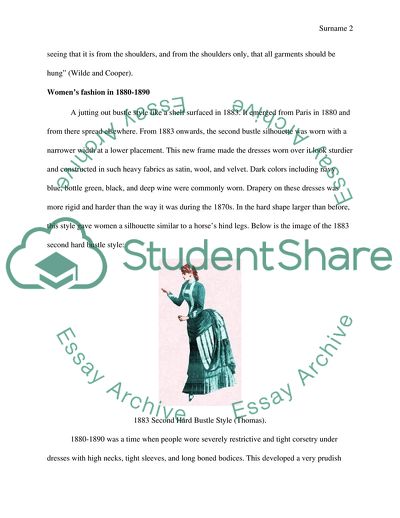Cite this document
(Fashion Era From 1880-1890 Research Paper Example | Topics and Well Written Essays - 1250 words, n.d.)
Fashion Era From 1880-1890 Research Paper Example | Topics and Well Written Essays - 1250 words. https://studentshare.org/culture/1803850-fashion-era-from-1880-1890
Fashion Era From 1880-1890 Research Paper Example | Topics and Well Written Essays - 1250 words. https://studentshare.org/culture/1803850-fashion-era-from-1880-1890
(Fashion Era From 1880-1890 Research Paper Example | Topics and Well Written Essays - 1250 Words)
Fashion Era From 1880-1890 Research Paper Example | Topics and Well Written Essays - 1250 Words. https://studentshare.org/culture/1803850-fashion-era-from-1880-1890.
Fashion Era From 1880-1890 Research Paper Example | Topics and Well Written Essays - 1250 Words. https://studentshare.org/culture/1803850-fashion-era-from-1880-1890.
“Fashion Era From 1880-1890 Research Paper Example | Topics and Well Written Essays - 1250 Words”. https://studentshare.org/culture/1803850-fashion-era-from-1880-1890.


